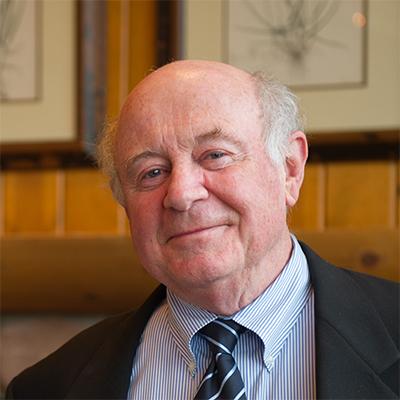Children in a city need much better schools, but the local board and union prevent change. Is state takeover the remedy?
Perhaps. State action has broken logjams in a lot of cities, but it hasn’t always worked out. For every Memphis or New Orleans, where high proportions of children have new opportunities, there are examples of city school systems taken over by their states where nothing changed. Even in cities where state takeover ultimately led to serious reform, there have been lags: it took Cleveland nearly 20 years after takeover to get moving, and the jury is still out on what will happen in Philadelphia, taken over by the state in 2001.
State takeovers can also crash. Starting in 2003, Oakland schools changed quickly under state-appointed administrator Randy Ward. But by the end of 2006, he was gone and many of his initiatives dismantled. Ward was a good superintendent and a smart public official, but he was an outsider in Oakland with a constituency of one, the state superintendent. Fearing that union opposition would imperil his own re-election, the state official threw Ward under the bus.
Today, nobody can say what will happen next with the state takeover in Newark, which has been happening in some form since 1995. Outsider superintendent Cami Anderson is battling entrenched local interests. Anderson’s chances would have been a lot better if Cory Booker were still mayor and working the politics.
The variable here is local politics. State takeover can suspend local politics for a little while, but somebody local has to take initiative and lead effectively. That means creating a strong plan of action, like Cleveland Mayor Frank Jackson’s portfolio-based plan announced in February 2012. But it also means building local coalitions of parents, elected officials, philanthropies, school leaders, nonprofits, and businesses to support the plan in the face of inevitable opposition.
State takeovers are not military occupations. The locals have to cooperate voluntarily because they see the need for dramatic school improvement and think leaders have a good plan.
It is easy to take the wrong lessons from the most successful state takeover, New Orleans. There, Katrina had demolished the schools, and families and educators had left town. For a while state officials could start rebuilding schools without bringing the locals along. But as the city returned to life, reform leaders had to convince families, religious leaders, higher education, and business that their actions were good for kids and for the city.
The state of Louisiana’s instrument, the Recovery School District (RSD), would have been crippled by lost support in the state capitol long ago if all the credible local institutions had opposed it. The RSD has a great deal of legal authority—it can seize control of failing schools anywhere in the state—but it has been much less effective in cities like Shreveport and Baton Rouge where local opposition is strong.
None of this is meant to suggest that states don’t have and shouldn’t use leverage. State action can tilt the local balance of power just enough to get things moving. And, state charter and accountability laws give local reformers indispensable tools. But in the end, the hard daily work must be done locally. In a locality where potential leaders all run and hide from K–12 reform issues, state action alone can’t get far.




